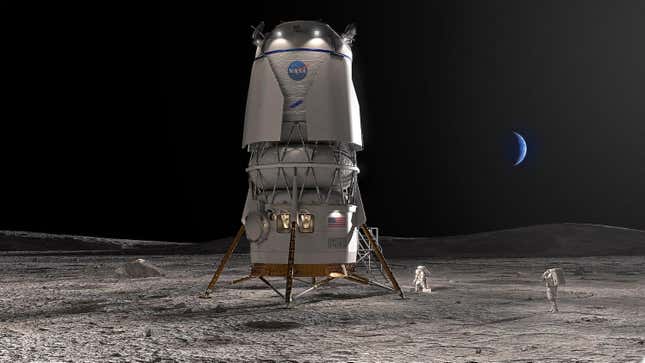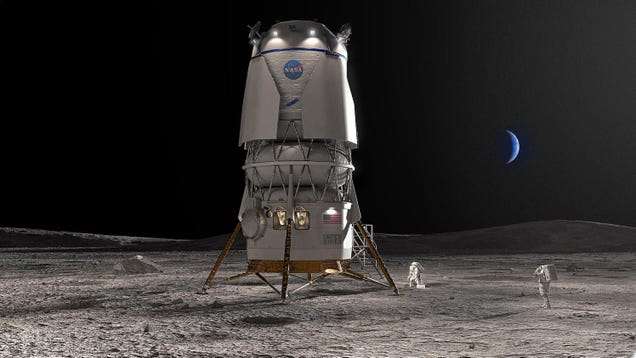NASA Space Technology

The White House announced earlier this year it would implement a unified time standard for the Moon by 2027, an essential measure as NASA aims to establish a permanent presence on the lunar surface. Two Colorado-based researchers proposed a solution in a recently published scientific paper involving clocks floating in space to calculate the time difference between the Earth and the Moon.
Suggested Reading
How Starbucks can succeed, according to a former Amazon exec
Suggested Reading
Humanity has never contended with the differences in time zones between two celestial bodies. To use terrestrial terms, the time difference between the Eastern and Pacific time zones in the U.S. is three hours. It’s fixed and doesn’t change. It’s always three hours. That’s not the case between planets and moons because of relativity. Time on the Moon moves around 56 to 57 microseconds faster due to the weaker gravitational forces, with clocks gradually drifting out of sync over time.
Neil Ashby, a University of Colorado professor, and Bijunath Patla, a scientist at the National Institute of Standards and Technology, published a paper last week in the Astronomical Journal. The researchers proposed a solution to tether the Earth and the Moon using Lagrange points like gravitational midpoints. Futurism explains:
Clocks placed in orbit at Lagrange points, or points in space where a small object under the gravitational pull of two larger ones can stay in the same position relative to them, would serve as “time transfer links” between the Earth and the Moon, because these orbital sweet spots “provide a low acceleration noise environment” that allow for scientists to easily correct for relativity, the researchers wrote in the study.
Because it’s not just the gravity of those two celestial bodies at play, the researchers also include a host of parameters that account for the tidal influence of other planets and the Sun. They also have to account for the rotation of both the Earth and the Moon, and dozens of other cosmic confounders that’ll make your head spin.
Space agencies would have a constant to calculate times on both bodies in an ocean of variables. This standard could theoretically be rolled over even further as humanity reaches out to Mars, across the Solar System, and maybe the Milky Way Galaxy in the distant future.
A version of this article originally appeared on Jalopnik.








